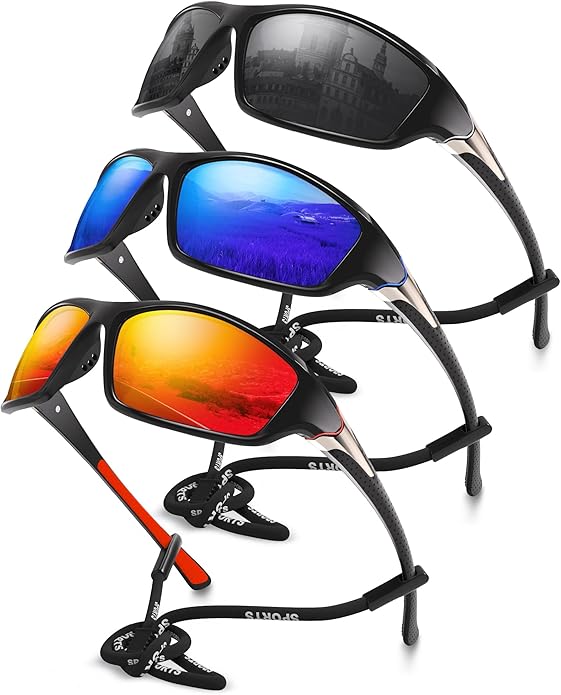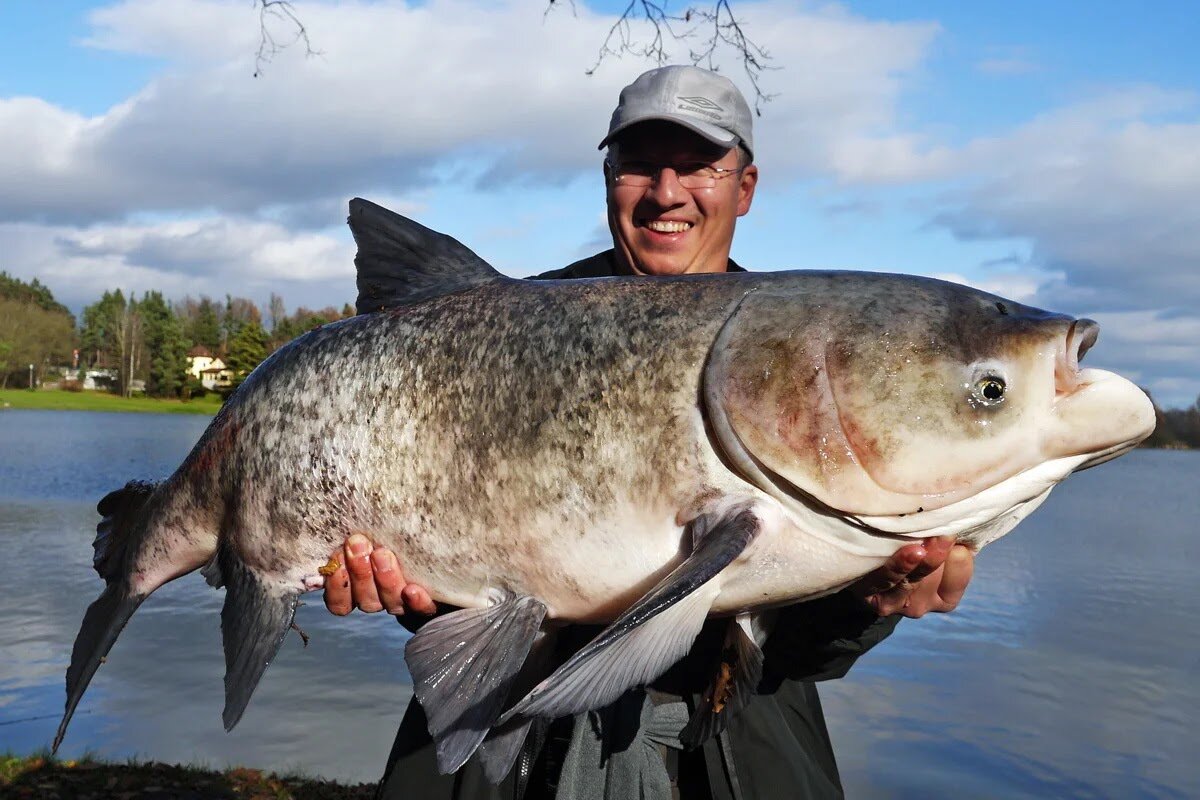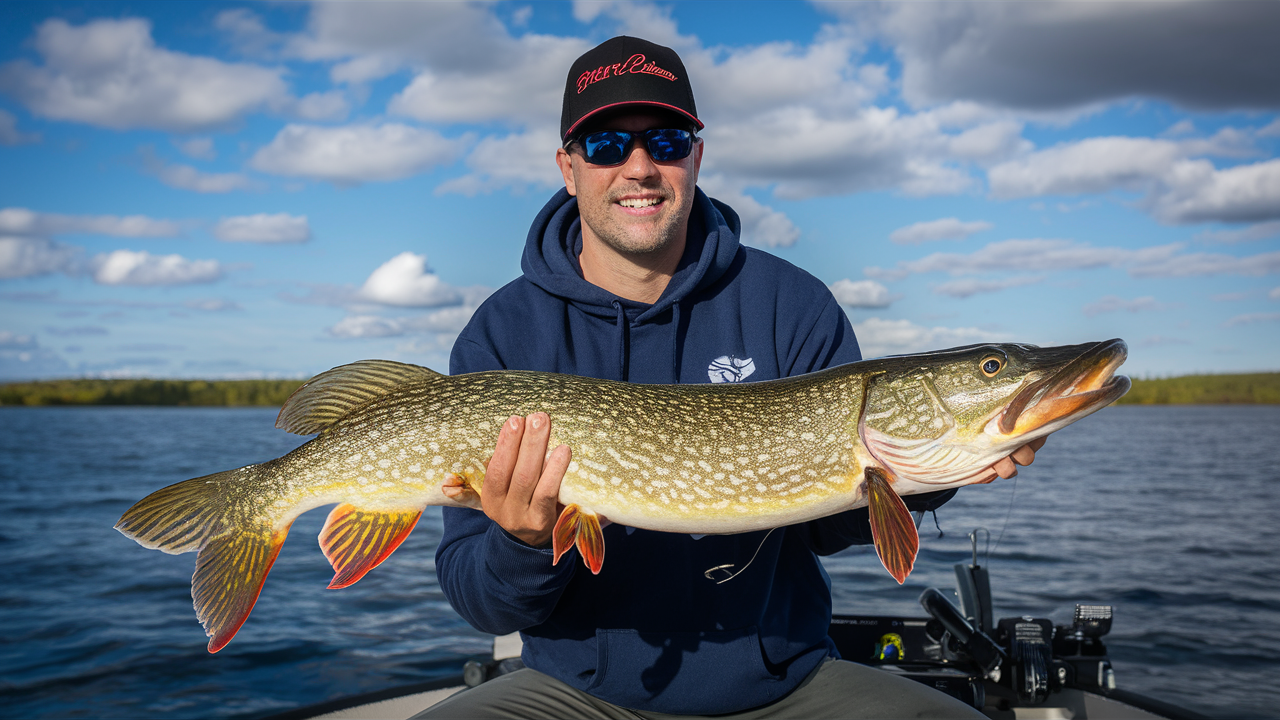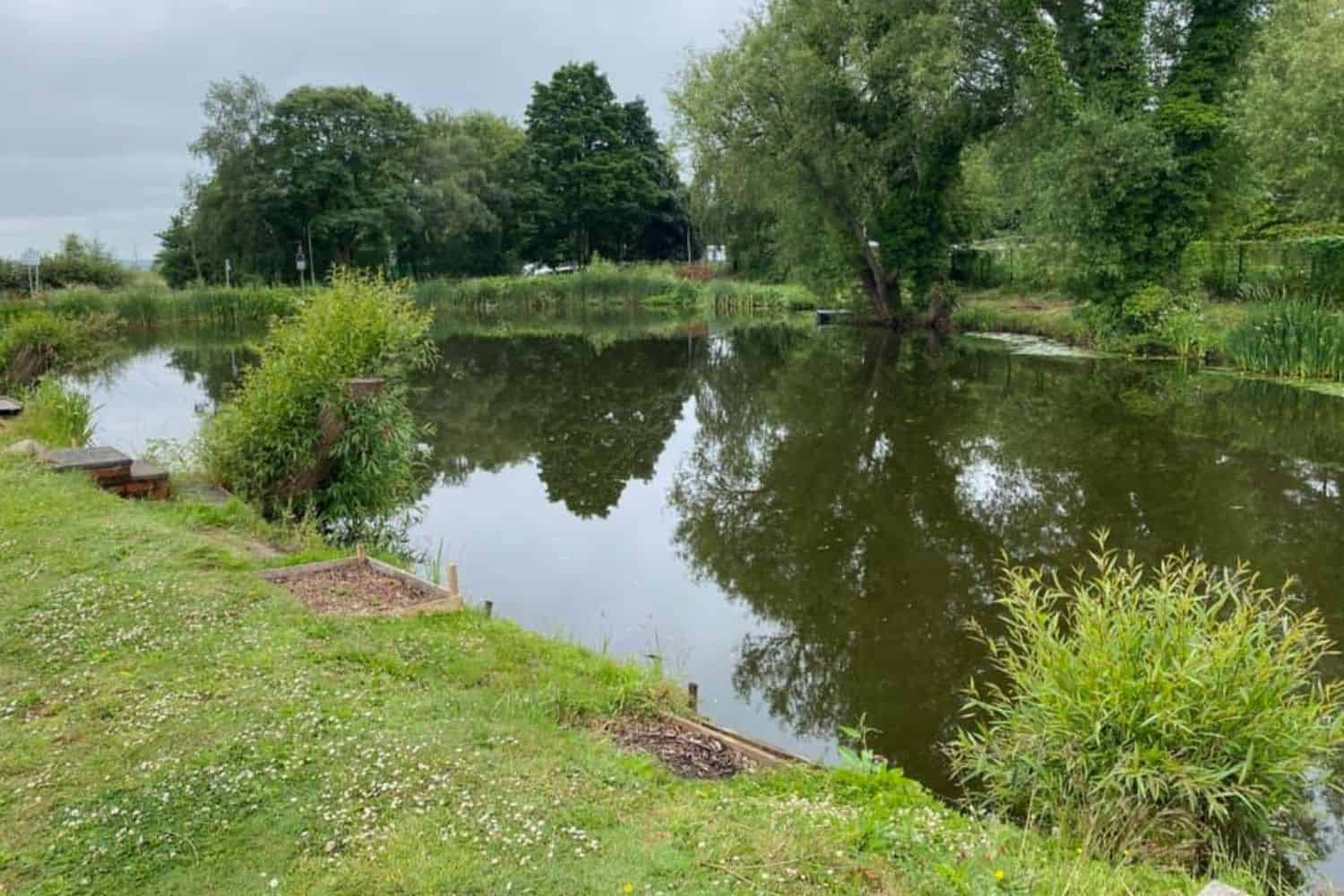
How to Tell if a Fishing Spot is Overfished

7 min read
You know that sinking feeling when you arrive at your favorite fishing hole, cast your line with high hopes, and then… nothing. Hours pass. Maybe a nibble here and there, but certainly not the action you remember from last season. Sound familiar?
Here’s the thing—that spot might be telling you something important. It could be overfished, and recognizing the signs early can save you time, frustration, and help you make better decisions about where to wet your line.
The Tell-Tale Signs Your Spot Has Seen Better Days
Let me paint you a picture. I’ve been fishing the same lake for fifteen years, and there’s this one cove that used to be absolute gold. Every spring, you could count on pulling decent-sized bass from those fallen logs. But over the past couple seasons? It’s been quieter than a church mouse.
The most obvious indicator is simply catching fewer fish than you used to. But here’s where it gets tricky—fish populations naturally fluctuate due to weather, spawning cycles, and seasonal patterns. So how do you separate a temporary lull from genuine overfishing?
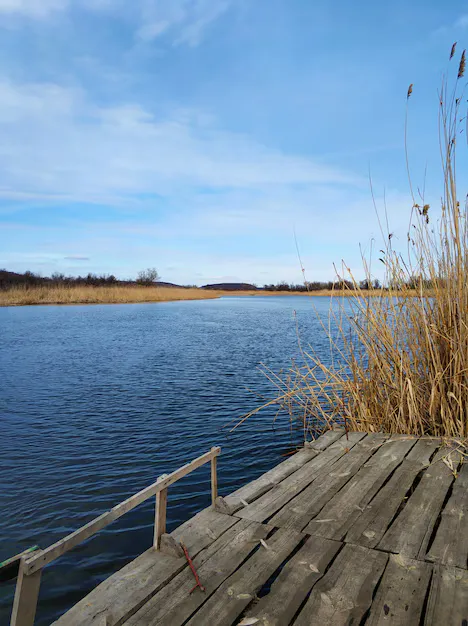
Start by looking at the size of what you’re catching. Overfished waters typically show a dramatic shift toward smaller fish. Think about it—when fishing pressure is heavy, the bigger, older fish get harvested first. What’s left behind are the juveniles and smaller adults that haven’t had time to reach their full potential.
Reading the Water Like a Detective
Water quality often tells a story that your tackle box can’t. Overfished areas frequently coincide with other environmental stressors. You might notice the water seems murkier than usual, or there’s less aquatic vegetation than you remember.
Honestly, this connection isn’t always direct. Heavy fishing pressure doesn’t cause poor water quality, but both issues often stem from the same root problem: too much human activity in a limited space. Popular fishing spots tend to see increased boat traffic, shoreline development, and general disturbance that can impact the entire ecosystem.
Watch for changes in the baitfish population too. Healthy fisheries have robust populations of smaller fish that support the predator species we’re usually after. If you’re not seeing minnows, shiners, or other forage fish, that’s a red flag. No bait means no big fish—it’s that simple.
The Pressure Cooker Effect
Competition is another dead giveaway. If you find yourself shoulder-to-shoulder with other anglers every time you visit, chances are the fish are feeling that pressure too. Fish aren’t stupid—they learn to avoid areas with constant human activity and fishing pressure.
I’ve noticed this particularly on popular tournament waters. The week after a big bass tournament, those fish seem to vanish. They’re not gone, mind you, they’ve just moved to deeper water or changed their feeding patterns. But when that pressure is constant? Eventually, it takes its toll on the overall population.
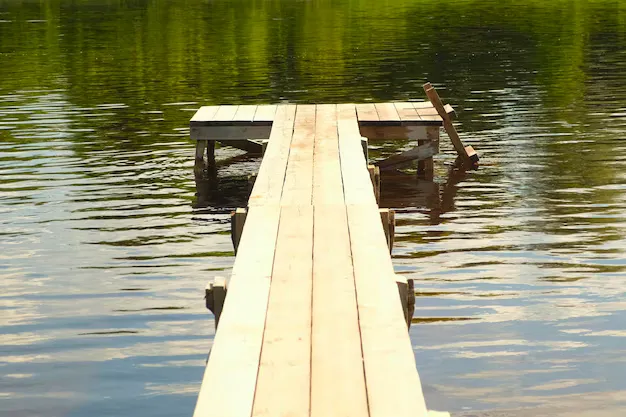
Local tackle shops can be goldmines of information here. Shop owners hear everything—who’s catching what, where, and when. If the guy behind the counter starts recommending spots thirty miles away when you ask about local fishing, that’s telling you something about the nearby waters.
Beyond the Obvious: Subtle Warning Signs
Sometimes the signs are more nuanced. Pay attention to the species composition you’re catching. Overfished waters often see a shift in dominant species. Maybe you used to catch mostly bass and walleye, but now you’re pulling in mostly panfish and rough fish. This isn’t necessarily bad fishing, but it indicates a change in the ecosystem balance.
The behavior of the fish you do catch can be revealing too. Are they more skittish than usual? Do they seem to bite only during very specific times or conditions? Fish in heavily pressured waters often become more selective and cautious.
Timing patterns change as well. That morning bite that used to be reliable might shift to dawn or dusk exclusively. Fish adapt their feeding schedules to avoid peak human activity periods.
The Ripple Effects You Might Miss
Here’s something most anglers don’t consider: the supporting cast. Healthy fishing spots typically have active bird life—herons, eagles, kingfishers, and diving ducks all depend on fish populations. If you notice fewer fish-eating birds around your usual spot, it might not be coincidental.
The invertebrate life matters too. Crayfish, aquatic insects, and other creatures form the foundation of aquatic food chains. Less diverse or abundant invertebrate populations often signal broader ecosystem stress, which eventually impacts fish numbers and sizes.
What the Science Says (Without Getting Too Nerdy)
Research consistently shows that recreational fishing pressure can impact fish populations, especially in smaller bodies of water. Studies on popular bass fishing lakes have documented measurable declines in average fish size and catch rates over time.
But here’s what’s encouraging—fish populations can recover remarkably quickly when pressure is reduced or managed properly. It’s not necessarily a permanent situation.
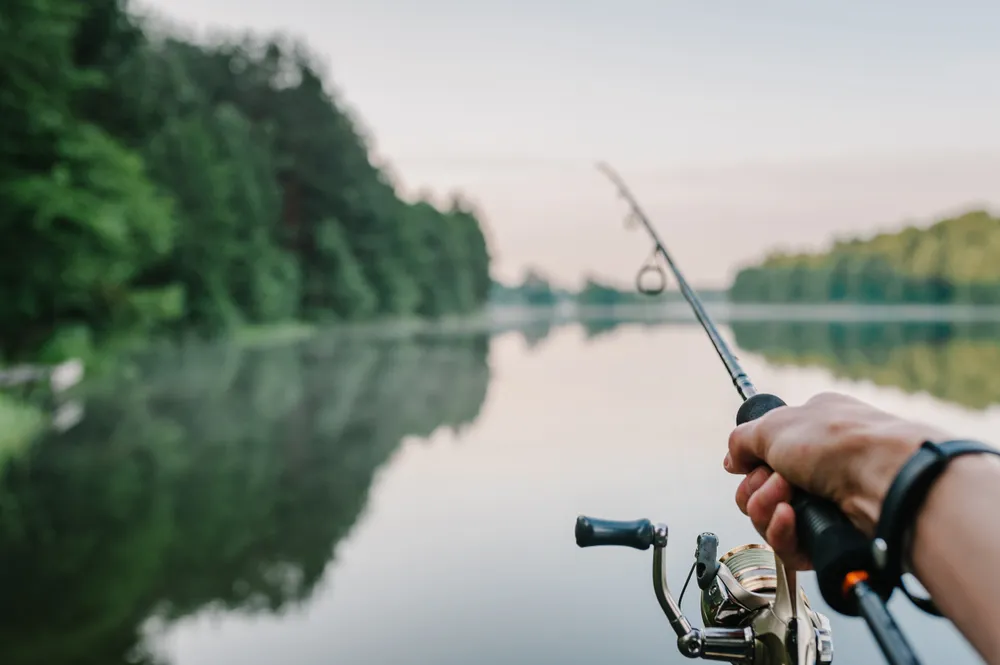
Biologists have found that selective harvest (keeping smaller fish, releasing larger breeders) and temporary fishing moratoriums can help restore balance relatively quickly. Some waters see noticeable improvement in just one or two seasons.
Making Smart Decisions Moving Forward
So what do you do when you suspect your favorite spot is overfished? First, don’t panic and write it off completely. Fish populations cycle, and what seems depleted today might recover tomorrow with different management or reduced pressure.
Consider adjusting your approach before abandoning the spot entirely. Try different techniques, times of day, or target species. Sometimes what appears to be overfishing is really just fish adapting to pressure by changing their behavior.
Explore new water. I know, I know—finding new spots takes time and effort. But diversifying your fishing locations not only increases your chances of success, it also reduces pressure on any single body of water. Plus, there’s something exciting about discovering a new honey hole.
The Long Game: Thinking Like a Conservationist
Here’s where we get a bit philosophical. As anglers, we’re not just users of the resource—we’re stewards. Recognizing overfished conditions isn’t just about improving your catch rates; it’s about understanding our role in maintaining healthy fisheries.
Consider practicing more selective harvest. Keep what you need for the table, but release the big breeders that maintain population genetics. Those trophy-sized fish are the most important for producing the next generation.
Support local conservation efforts and fishing regulations, even when they seem inconvenient. Size and bag limits, seasonal closures, and special regulations exist because biologists have identified specific needs for maintaining healthy fish populations.
When to Sound the Alarm
Sometimes overfishing is severe enough that it warrants reporting to local fisheries management agencies. If you notice dramatic, sudden changes in fish populations, water quality, or signs of illegal activity like over-harvesting, don’t stay silent.
Most state fish and wildlife agencies want to hear from experienced anglers who notice concerning trends. Your observations, combined with those of other anglers, help biologists make informed management decisions.
Finding Hope in New Waters
The good news? There are always new places to explore. Technology has made finding potential fishing spots easier than ever. Mapping apps, satellite imagery, and online fishing reports can point you toward underutilized waters.
Talk to other anglers, but also think beyond the obvious. Some of the best fishing I’ve experienced has been on waters that don’t get much press—small ponds, urban lakes, or out-of-the-way streams that require a bit more effort to reach.
Remember, fishing isn’t just about the fish. Even on tough days, there’s value in being outdoors, reading the water, and honing your skills. Those slow days on overfished waters often teach us more about fish behavior and water reading than the easy days when everything goes right.
The key is staying observant, adaptable, and patient. Fish populations are dynamic, fishing pressure changes, and new opportunities always emerge. Keep your eyes open, your expectations realistic, and your sense of adventure intact—there’s always another cast, another spot, and another chance for that perfect fishing day.
